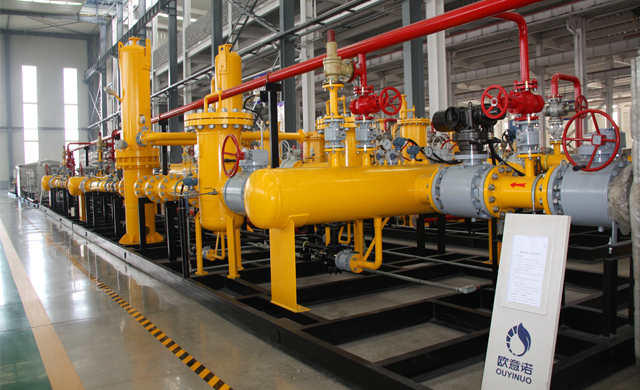
Nov . 22, 2024 02:42
Back to list
قياس الغاز
Measuring Gas Techniques and Importance
Gas measurement is a critical process in various fields, including environmental monitoring, industrial applications, and scientific research. Understanding the concentration, flow rate, and composition of gases is essential for ensuring safety, optimizing processes, and complying with environmental regulations. In this article, we will explore the techniques used for gas measurement, their importance, and the challenges faced in the field.
Techniques for Measuring Gas
There are several methods and technologies employed for measuring gases, each suited to different applications. Some of the most common techniques include
1. Gas Chromatography This technique separates and analyzes compounds in gaseous mixtures. It is highly precise and is often used in laboratories for gas composition analysis. In gas chromatography, the sample is vaporized and passed through a column containing a stationary phase. Different components of the gas travel at different speeds, allowing for separation and identification.
2. Infrared Spectroscopy This method detects gases based on their absorption of infrared light at specific wavelengths. As gases absorb light, they produce a spectrum that can be analyzed to determine the concentration of various gases. Infrared spectroscopy is widely used for measuring greenhouse gases and pollutants in the atmosphere.
3. Mass Spectrometry Mass spectrometers measure the mass-to-charge ratio of ions to identify and quantify gas components. This technique is highly sensitive and can detect trace amounts of gases, making it useful in environmental monitoring and research applications.
4. Electrochemical Sensors These sensors measure gas concentration through chemical reactions that produce an electrical signal. They are commonly used in portable devices for detecting toxic gases such as carbon monoxide and hydrogen sulfide. Electrochemical sensors are favored for their affordability and ease of use.
5. Ultrasonic Gas Flow Meters These devices measure the velocity of gas flow using ultrasonic sound waves. They are non-intrusive and provide accurate measurements in industrial applications, helping to monitor and control gas usage and emissions.
Importance of Gas Measurement
.
- Safety In many industrial environments, the presence of toxic or flammable gases poses serious risks. Regular gas monitoring can prevent accidents and ensure worker safety.
قياس الغاز

- Environmental Protection Accurate gas measurement is essential for monitoring emissions and ensuring compliance with environmental regulations. It helps in assessing air quality and understanding the impact of pollution on health and the ecosystem.
- Process Optimization In industrial processes, precise gas measurement can lead to more efficient operations. This not only saves costs but also minimizes waste and environmental impact.
- Scientific Research In research settings, measuring gases can provide valuable insights into chemical reactions, atmospheric studies, and various scientific phenomena.
Challenges in Gas Measurement
Despite advancements in technology, gas measurement still faces several challenges
- Interference In complex mixtures, the presence of multiple gases can interfere with the accuracy of certain measurement techniques. Identification and quantification may become difficult without careful calibration and method selection.
- Calibration Regular calibration of instruments is necessary to ensure accuracy. However, calibration can be time-consuming and may require specialized knowledge.
- Cost Advanced gas measurement equipment can be expensive, making it less accessible for small-scale operations or research projects.
- Environmental Conditions Factors such as temperature, pressure, and humidity can affect gas measurements, necessitating careful control of measurement conditions.
Conclusion
Gas measurement is an essential aspect of modern technology, impacting safety, environmental protection, and efficiency across industries. As technology continues to advance, new methods and tools will emerge, improving our ability to accurately measure and monitor gases. By embracing these advancements and addressing the challenges, we can contribute to a safer and more sustainable future.
Next:
Latest news
-
Safety Valve Spring-Loaded Design Overpressure ProtectionNewsJul.25,2025
-
Precision Voltage Regulator AC5 Accuracy Grade PerformanceNewsJul.25,2025
-
Natural Gas Pressure Regulating Skid Industrial Pipeline ApplicationsNewsJul.25,2025
-
Natural Gas Filter Stainless Steel Mesh Element DesignNewsJul.25,2025
-
Gas Pressure Regulator Valve Direct-Acting Spring-Loaded DesignNewsJul.25,2025
-
Decompression Equipment Multi-Stage Heat Exchange System DesignNewsJul.25,2025

